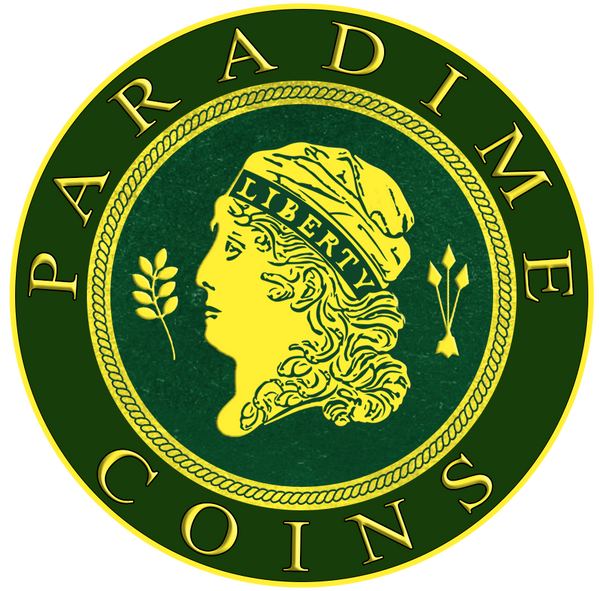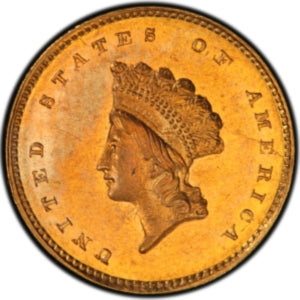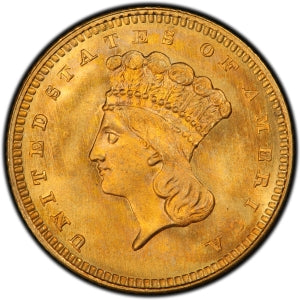Collection: Gold Dollar
No products found
View All Inventory
The U.S. Gold Dollar, minted from 1849 to 1889, is the smallest denomination of American gold coinage. Introduced during the California Gold Rush, this series is cherished for its historical significance and distinct designs. Collectors often seek the three iconic types: Type I Liberty Head (1849–1854), Type II Small Head ... Read More
The U.S. Gold Dollar, minted from 1849 to 1889, is the smallest denomination of American gold coinage. Introduced during the California Gold Rush, this series is cherished for its historical significance and distinct designs. Collectors often seek the three iconic types: Type I Liberty Head (1849–1854), Type II Small Head Indian Princess (1854–1856), and Type III Large Head Indian Princess (1856–1889).
- Type I Liberty Head: Designed by James Barton Longacre, these 13mm coins are prized for their compact size and early mintages. Popular dates include those from Philadelphia, while branch mint issues from Charlotte and Dahlonega are rarer.
- Type II Small Head Indian Princess: Featuring a larger 15mm diameter, this design faced striking challenges, making it the scarcest of the three types. Coins like the 1855-C and 1855-D are notable rarities.
- Type III Large Head Indian Princess: Redesigned for better striking quality, this type remained in production until 1889. Later dates, particularly 1879–1889, saw higher survival rates of uncirculated coins due to collector demand.
Gold dollars were essential in commerce before the Civil War but became less popular afterward. Today, they’re sought after by type collectors and numismatists for their artistry, rarity, and historical value. ParadimeCoins.com offers a carefully curated selection of U.S. gold dollars, including rare branch mint issues and high-grade examples.
Explore our collection at ParadimeCoins.com to find the perfect addition to your portfolio. Celebrate the legacy of these iconic coins and their place in American numismatics today!
... Read Less







